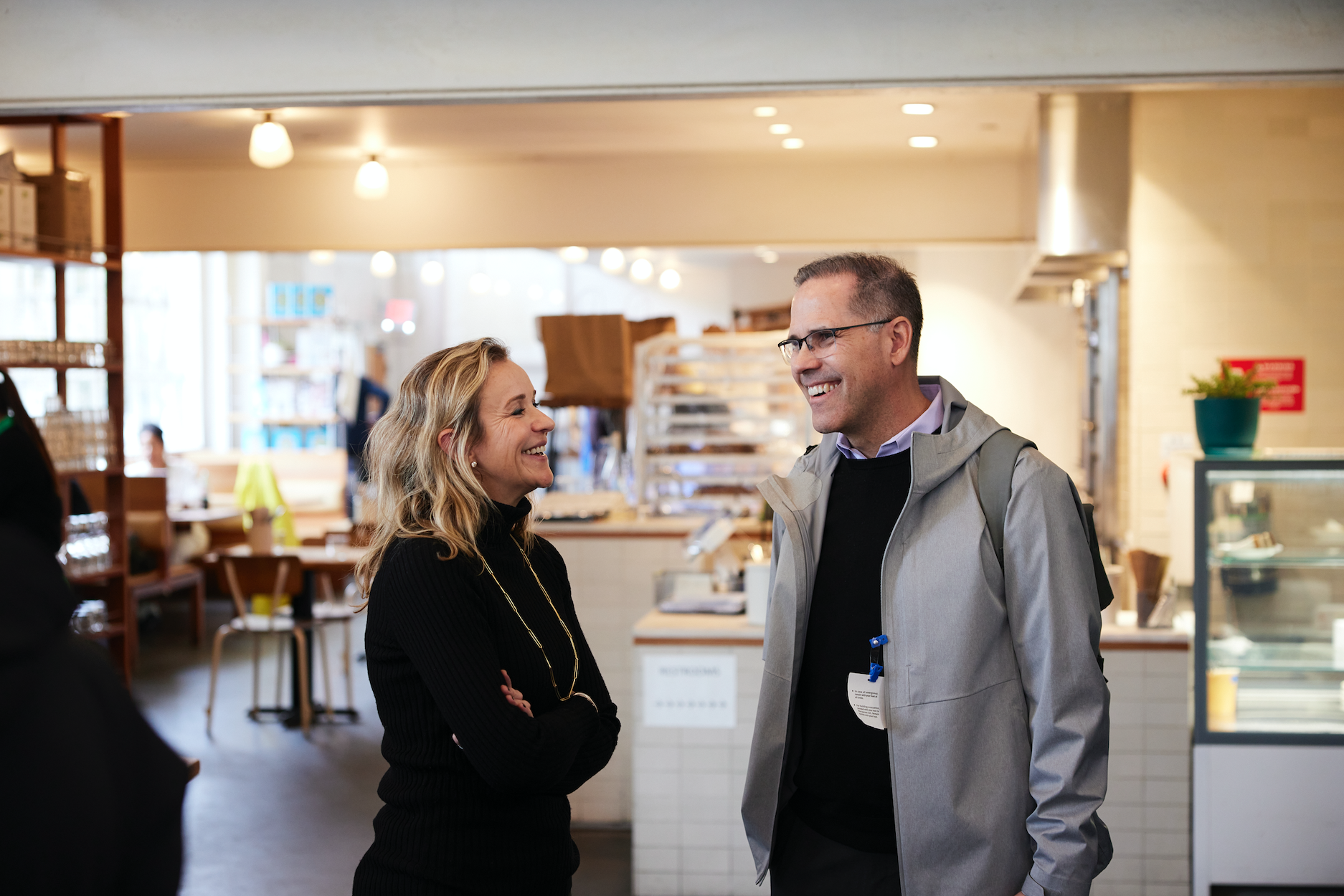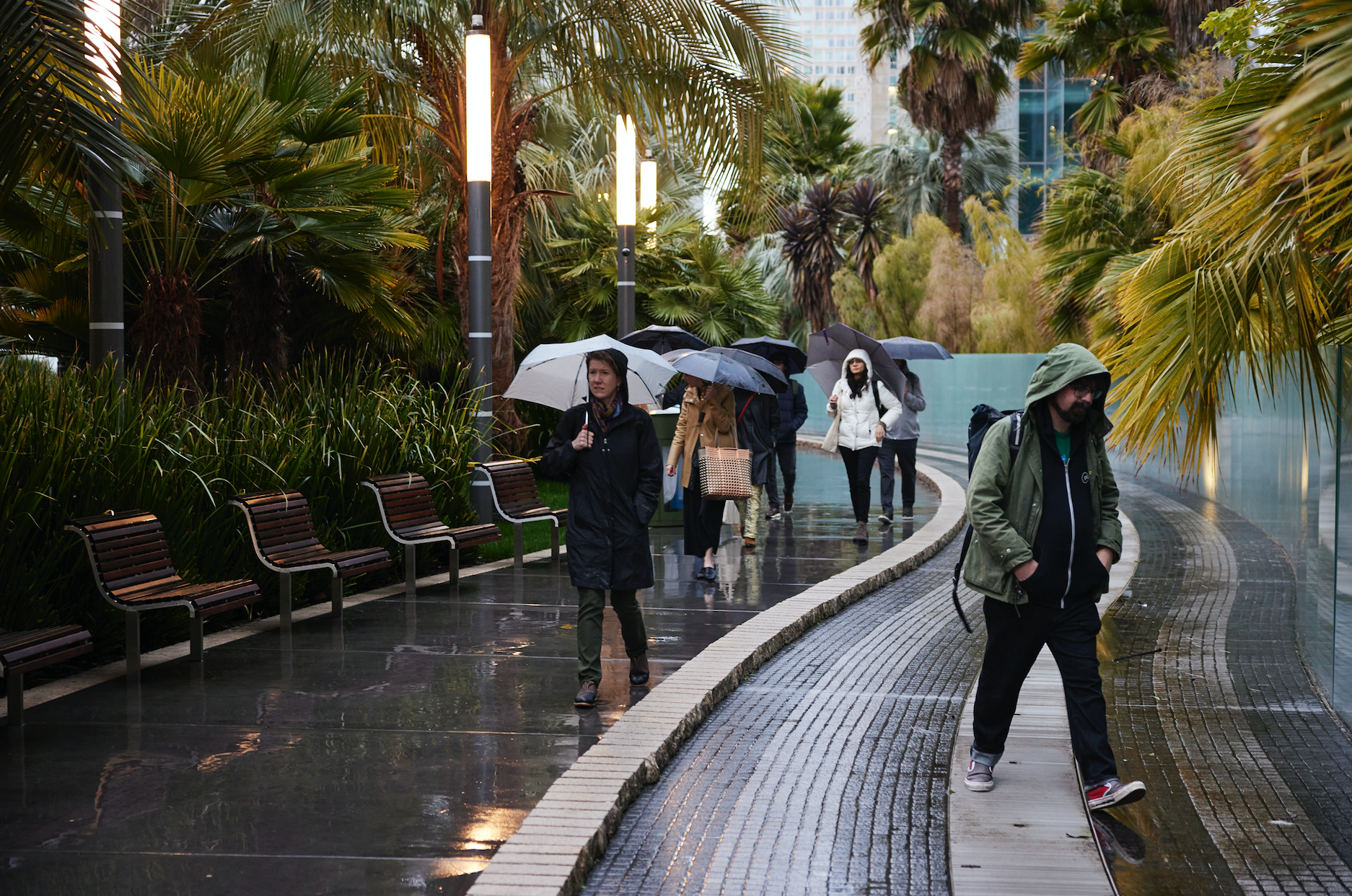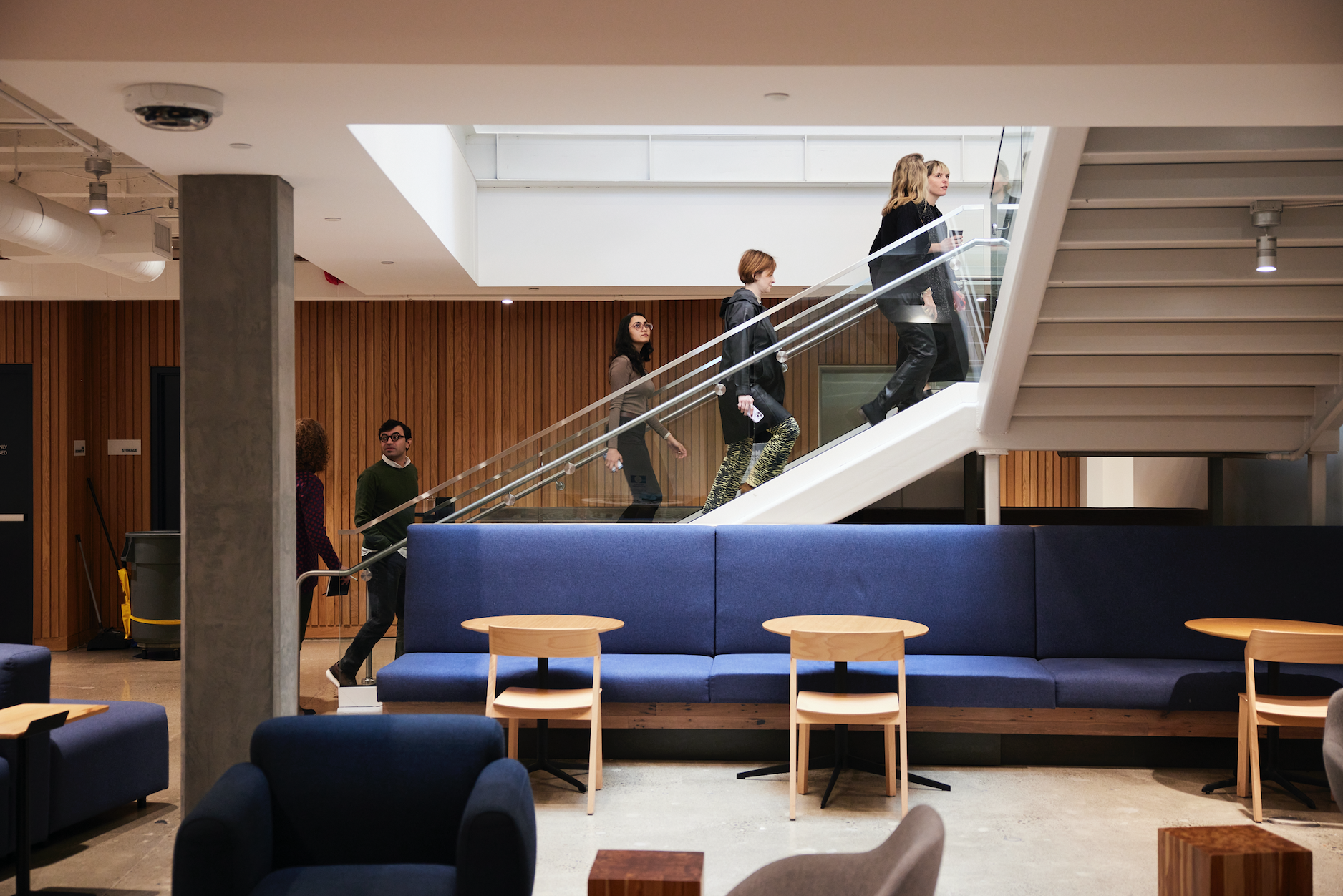EVERYDAY INFRASTRUCTURES
San Francisco
The Everyday Infrastructures Immersion in San Francisco explored how public infrastructures are shifting as they become digitized, decentralized, and increasingly shaped by private actors.
Curated for systems designer Carlos Teixeira, the Charles L. Owen Professor in Design at IIT Institute of Design, the immersion paired site visits across mobility, finance, technology, and urban planning with his work on complex socio-technical systems. As infrastructures expand beyond roads and utilities to include connectivity and data-driven services, a new mix of technologists and private organizations now influences decisions once led by government. This immersion investigated the emerging implications of that transformation.
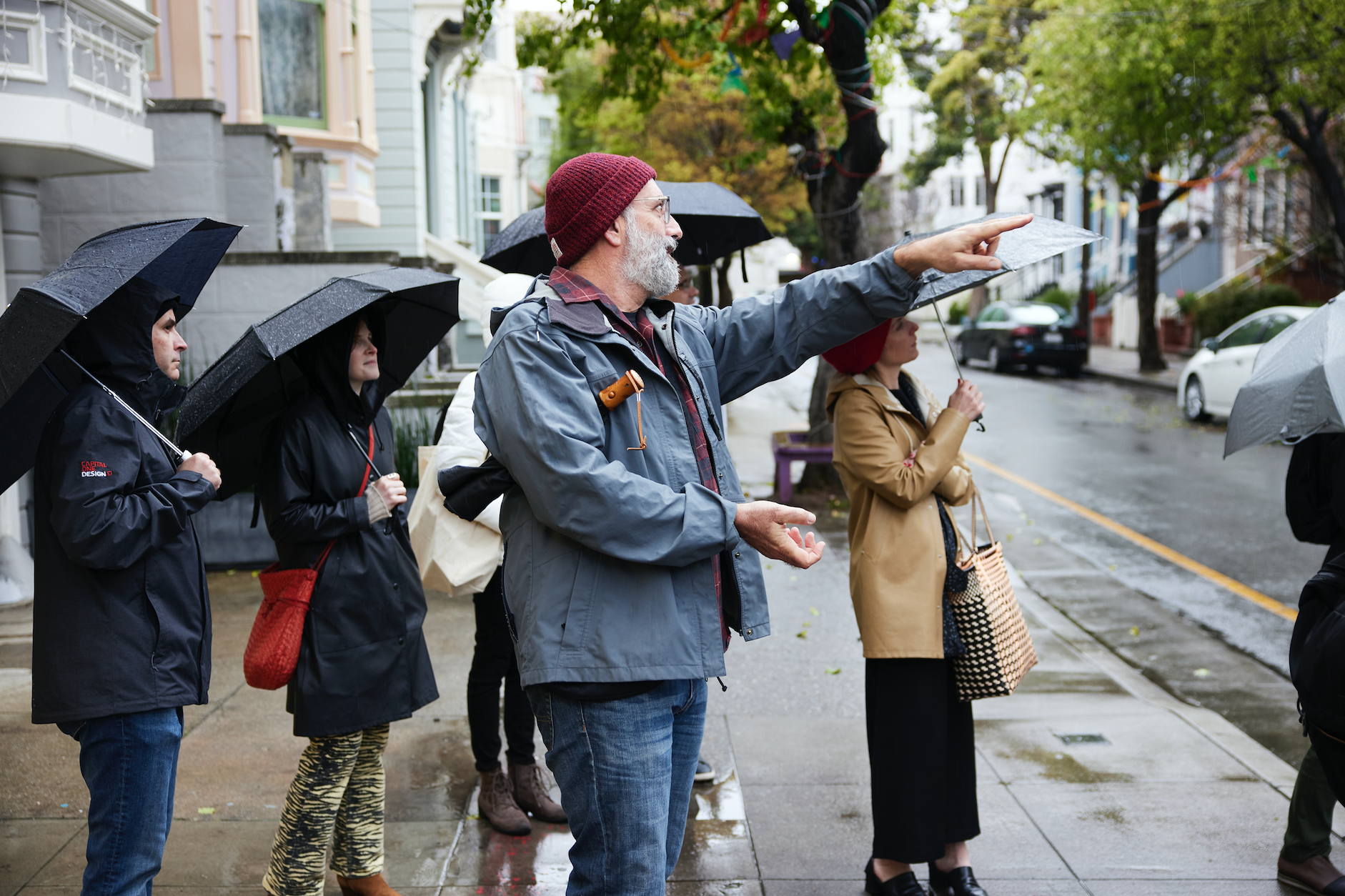
A diverse group of leaders from industries and research organizations, including participants from Apple, Nubank, Capital One, Samsung Research America, and others, came together to examine how today’s infrastructures are evolving. They explored how infrastructures are newly defined, how they adapt to emerging technologies and societal needs, and how shifting blends of public and private investment shape their effectiveness and reach. Together, they investigated the new design challenges that arise as everyday infrastructures become more complex and interconnected.
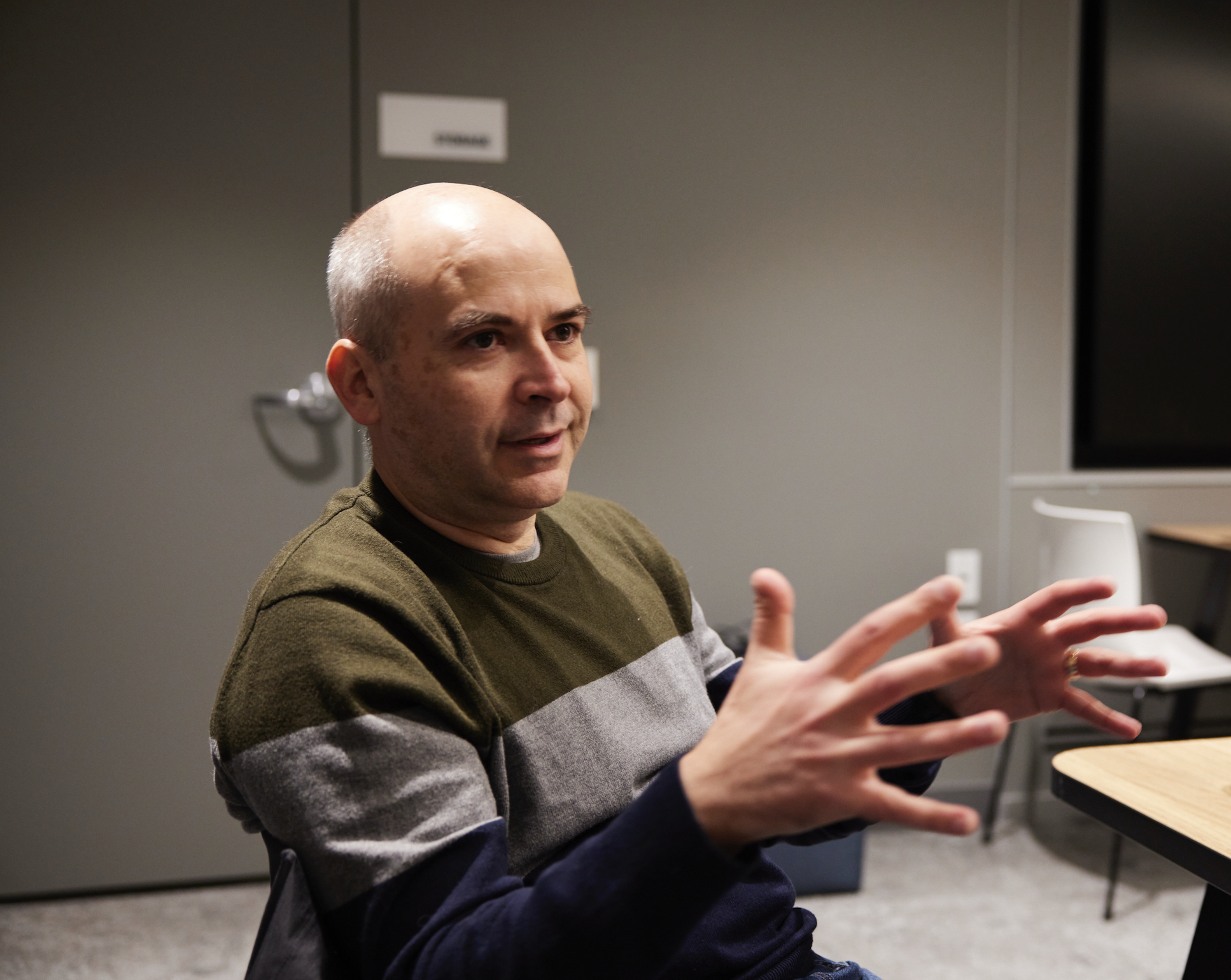


“We build many of the products that help people mediate the infrastructure. We have an incredible responsibility, opportunity, and privilege to make those infrastructures more accessible.”
Lauren Braun, Product Manager | Apple Watch + Health
The Capital One Café served as a clear example of how physical and digital infrastructures are being redesigned together. The café functions as a hybrid public–private “third space,” combining a welcoming community setting with the role of a bank branch.
The visit illustrated how corporate spaces can introduce customers to broader digital ecosystems, reflecting the rise of mobile and ubiquitous computing as everyday infrastructure. The café offered a concise look at how organizations translate brand values, customer journeys, and digital services into a physical environment.
Waymo offered the cohort insight to how autonomous driving is reshaping mobility systems. Participants explored how Waymo’s platform integrates transportation networks, sensors, software, and city regulations to create a new kind of robotic infrastructure.
The visit highlighted the complex policy and regulatory challenges facing autonomous mobility, while also showing how designers can leverage public and private collaboration to shape more efficient, adaptive urban systems. This experience emphasized that by understanding the interplay between technology, policy, and human behavior, designers can uncover opportunities to influence how everyday infrastructures evolve and how people interact with them.

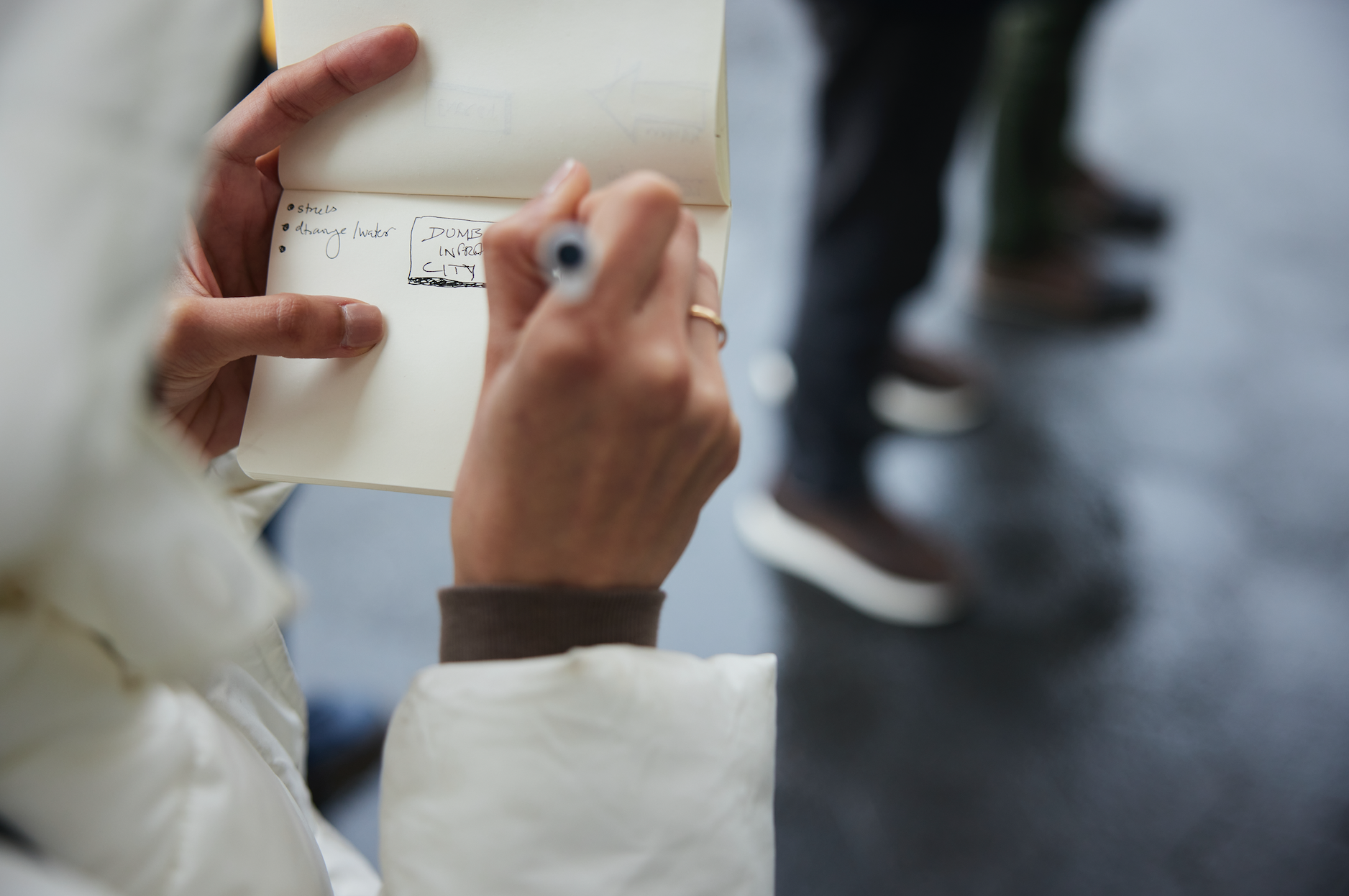

Nonprofit Livable City seeks to create San Francisco streets and neighborhoods that prioritize walking, biking, transit, and well-designed public spaces. Via a neighborhood walk with the organization’s Executive Director, the cohort observed how stakeholders with competing needs—residents, businesses, pedestrians, vehicles, and policymakers—navigate conflicts over limited resources like parklets, curbs, and EV charging stations.
The tour highlighted how everyday infrastructure can support broader goals, such as San Francisco’s all-electric vision for 2035. Participants were inspired to consider how design can intervene in black-boxed decision-making processes and how strategic choices shape equitable, functional, and flexible urban spaces.
Murmur Ring included a visit to Salesforce Park with author Galen Granz to explore how public spaces can be shaped and regulated by private actors. As a green infrastructure atop the Salesforce Transit Center, the park enhances public transit, reduces congestion, and serves as a gathering space for residents, commuters, and visitors. Cohort members observed how Salesforce maintains and enforces its own rules, using monitoring systems to manage usage, highlighting the complex negotiations between public access and private control. The visit offered insights into how designers must navigate overlapping systems, stakeholders, and regulations to create inclusive, functional, and meaningful everyday infrastructure.
For additional infromation on the experience’s insights and how it impacted Teixeira’s work, read When Every Big Company is a Tech Company: What we learned from our recent immersion in San Francisco, California.
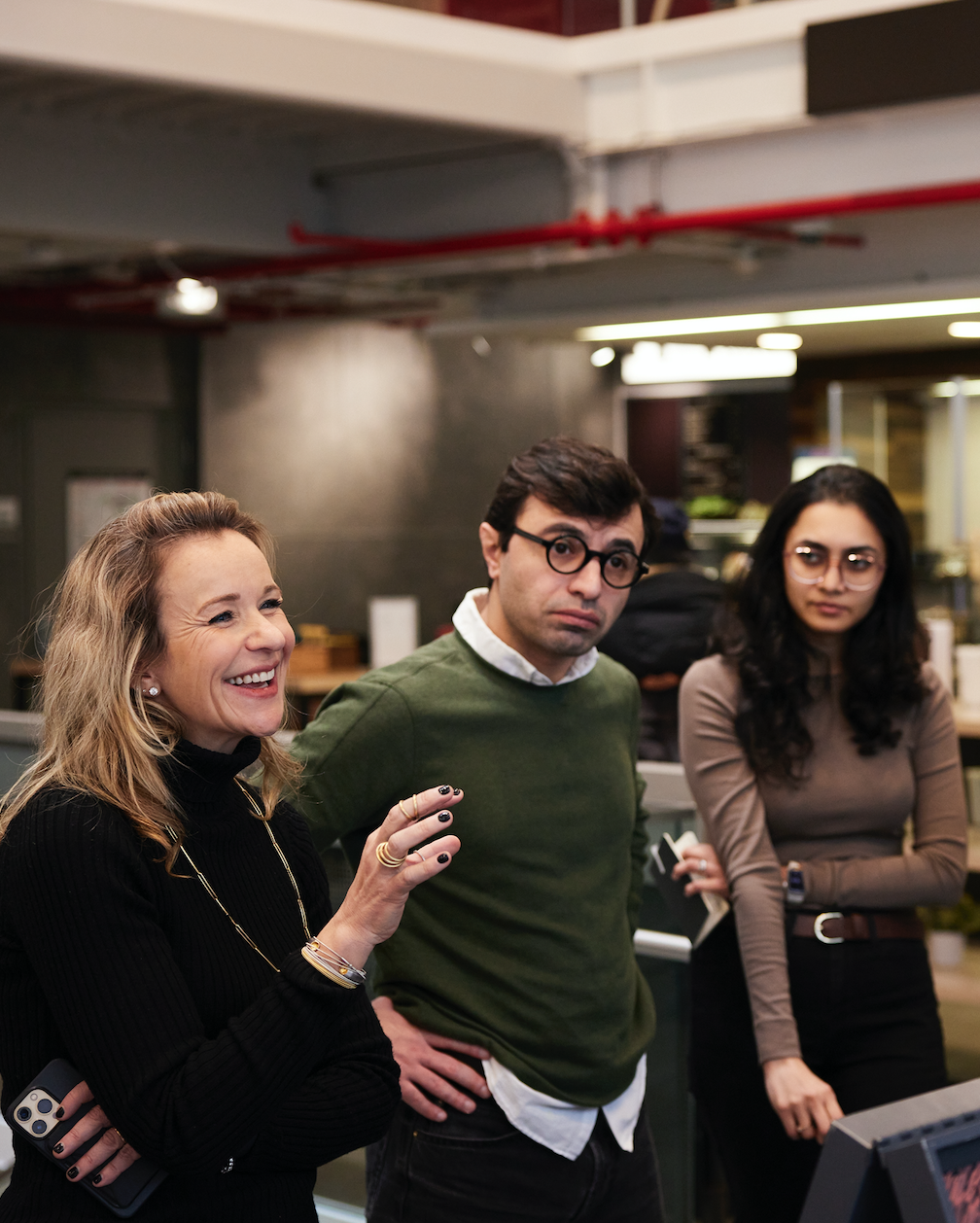
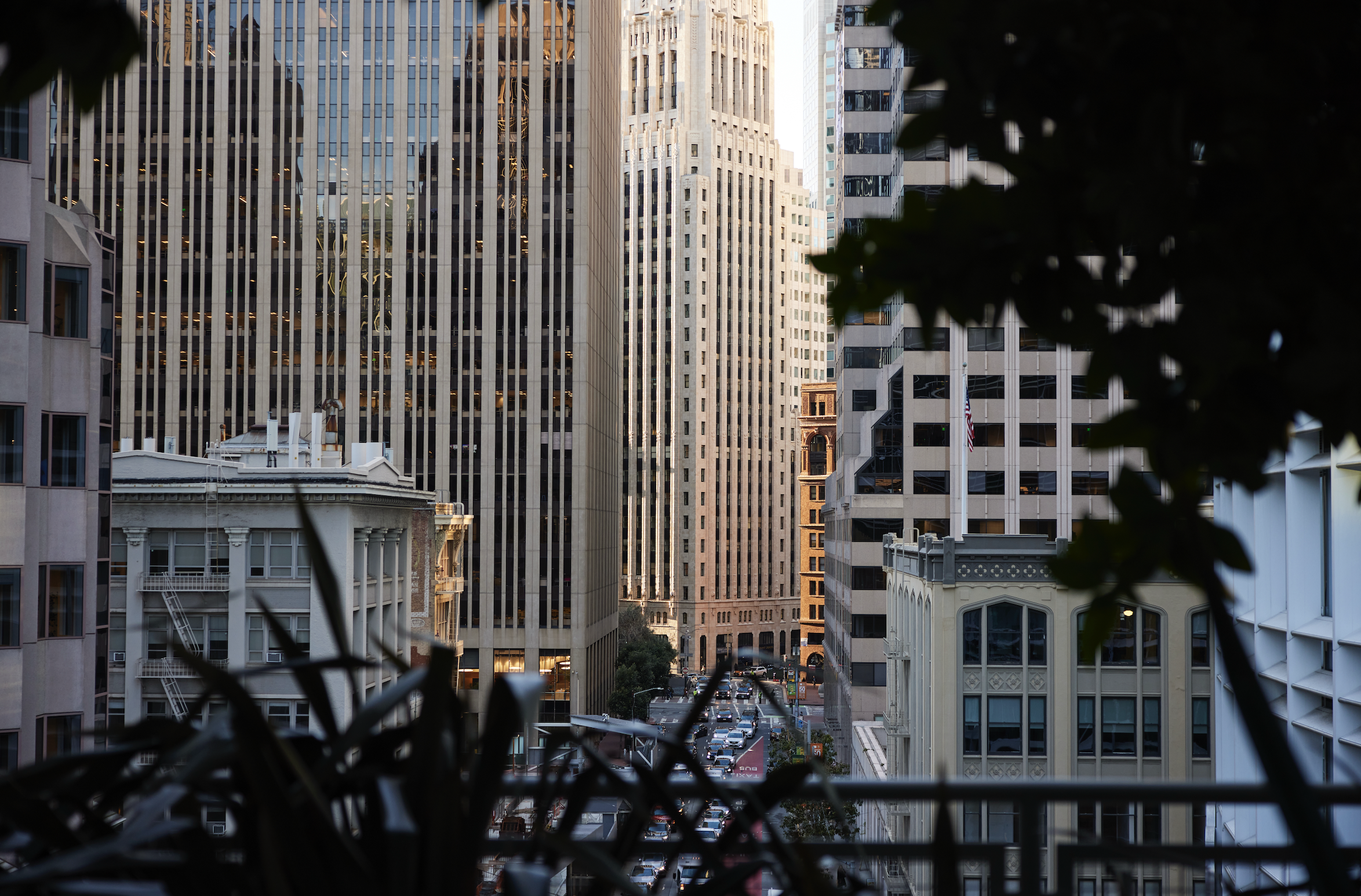

CREDITS
CARLOS TEIXEIRA
Immersion Co-host
DYLAN CHANDLER
Photographer
MIGUEL LUNAPARRA
Sr. Director, Experience Design at Capital One
RYAN POWELL
UX Research & Design Team Lead, Waymo
TOM RADULOVICH
Executive Director, Livable City
GALEN CRANZ
Professor of the Graduate School, Architecture at the College of Environmental Design at the University of California, Berkeley
PARTICIPANTS
DEAA BATAINEH
Diversity Trans World Trading Chief Design Officer
JESSICA MEHARRY, MFA, PhD
Associate Professor, School of Design, Jarvis College of Computing and Digital Media at DePaul University
ELLEN KISS
Director of Design Center of Excellence, Nubank
LAUREN BRAUN
Product Manager | Apple Watch + Health
MICHAEL DILA
Design & Innovation Leader
MRINALI GOKANI
Sr. Specialist/ Strategy at Samsung Research America (SRA)

